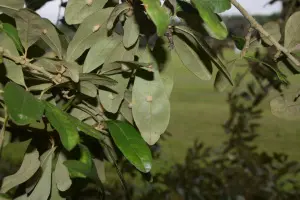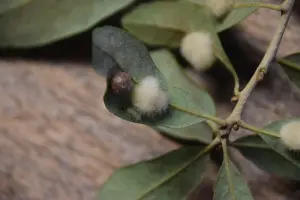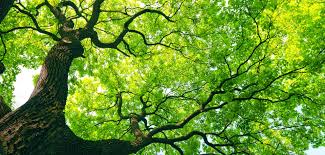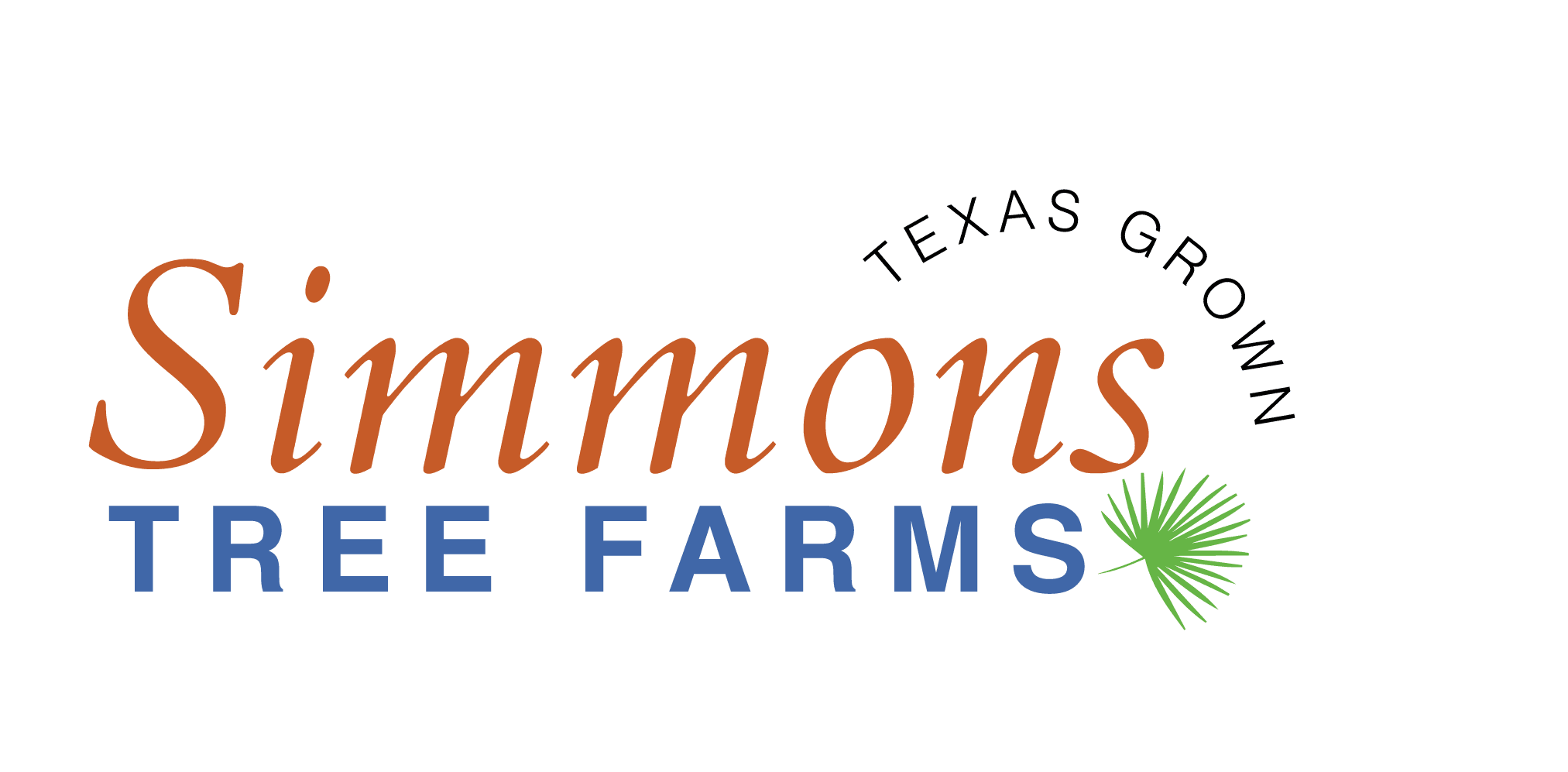What are they?
Have you noticed beige fuzzy ball on the undersides of your oak trees lately? We are getting lots of questions about them because we don’t see them that often. Not to worry though – they won’t harm your trees. They are just wooly oak galls.

Why do wooly oak galls form?
A gall is made in reaction to tiny wasps. In the spring, the wasp lays her eggs on the underside of a leaf and then secretes a chemical around them. In response to the chemical, the tree forms the gall which then houses and protects the larvae until they hatch. By this time of year, the wasps are all gone. But, isn’t nature cool in how an insect can get a tree to form a shelter for its eggs! Here’s a closer look . . .

Where will we notice galls?
There are 100s of types of galls. They can be seen on leaves, twigs, acorns, flowers . . . . According to the Texas Forest Service, “Of the more than 700 species of gall-forming insects listed from the United States and Canada, nearly 80% are reported to form galls on oaks. Most gall insects can be identified by the uniquely-shaped galls they produce.”
Neil Sperry shares good info on other oak galls in Neil Sperry’s Gardens.
Will galls hurt my trees?
The damage these tiny (non-stinging) wasps do is usually negligible – purely cosmetic and temporary. The tree will flush new leaves in February or March. Occasionally a tree will have an infestation that is heavy enough, it damages or kills the tree. Unhealthy oak trees are more likely to suffer from gall damage than healthy trees. Be proactive and water your trees regularly to keep them healthy.

What can I do to discourage galls?
IF having wooly oak galls is more than you can handle, there are a few steps you can take to lessen infestations (or chances of infestations):
- Hang a bird feeder in your oak trees. The birds will be attracted by your seed or fruit and then will also feast on any little wasps.
- Prune any gall infected branches. Bag it and dispose of it. Given the size of most oak trees, this seems a bit impractical to me.
- Rake and bag fallen leaves in order to dispose of any larvae that become reproducers next year.
Personally, I just let them be. They don’t harm the tree and aren’t very noticeable. Just another interesting natural reaction.
